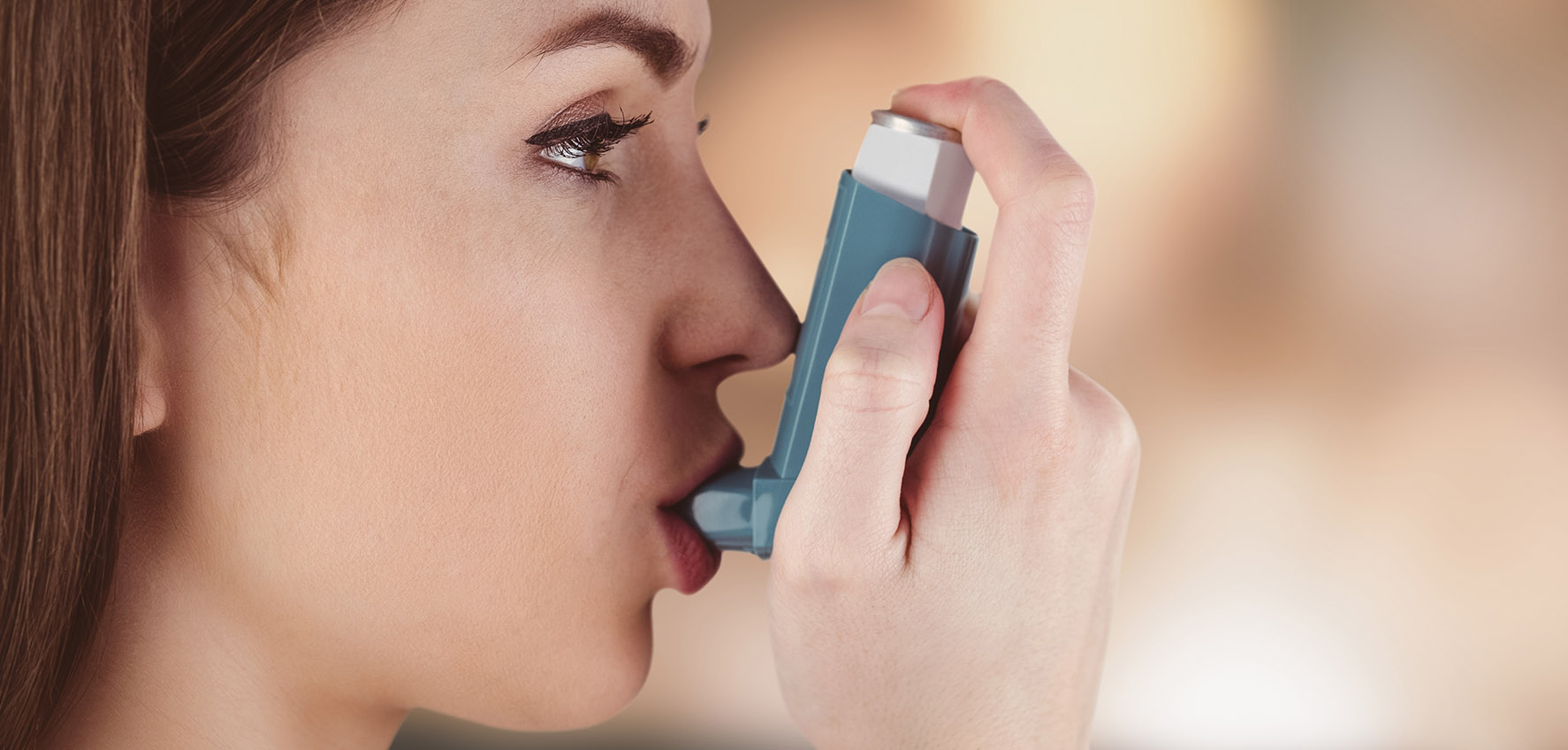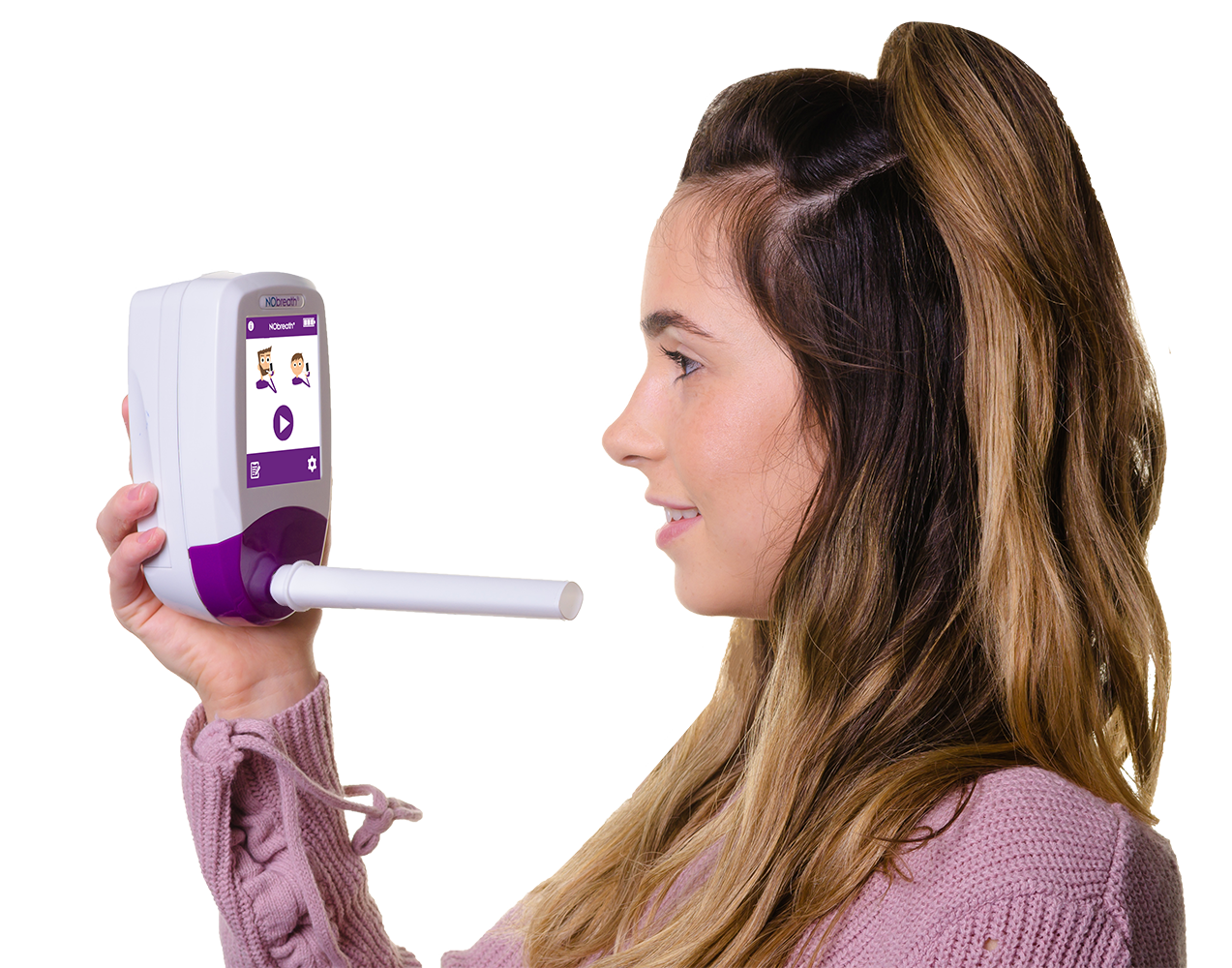The way to diagnose and manage asthma has changed with FeNO testing.

NICE guidelines and FeNO:
Key points
It was one of the devices used in the NICE feasibility study5 during the development of the asthma diagnosis and monitoring guideline.
QOF
On 6th February 2020, NHS England announced an update to the GP contract agreement for 2020/21 to 2023/24 with important improvements to the asthma and COPD domains.

Why the change?
According to NICE, incorrect diagnosis of asthma is a significant problem in the UK. The new NICE guidance aims to improve the accuracy of diagnosis, help people to control their asthma and reduce the risk of asthma attacks.



Diagnostic algorithms
Download NICE guidelines
We have provided links below to download the guidelines directly from the NICE website.
NObreath® FeNO monitor
It is a highly cost-effective device with low running costs.

References
We have used facts and figures from NICE and other reputable sources to compile the content on this web page about the NICE guidelines. These are referenced in the bibliography below.
3. Royal College of Physicians’ National Review of Asthma Deaths (May 2014)
4. Asthma facts and statistics. As 29th November 2017. Asthma UK. https://www.asthma.org.uk/about/media/facts-and-statistics/
5. NICE Guideline NG80. Asthma: diagnosis, monitoring and chronic asthma management. Appendix Q: Primary Care Implementation Feasibility Report

